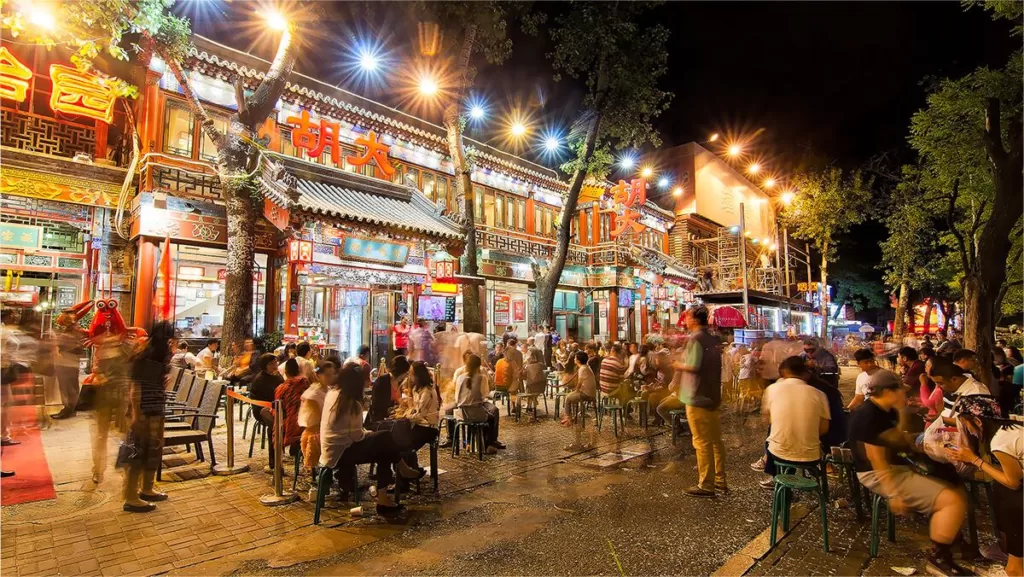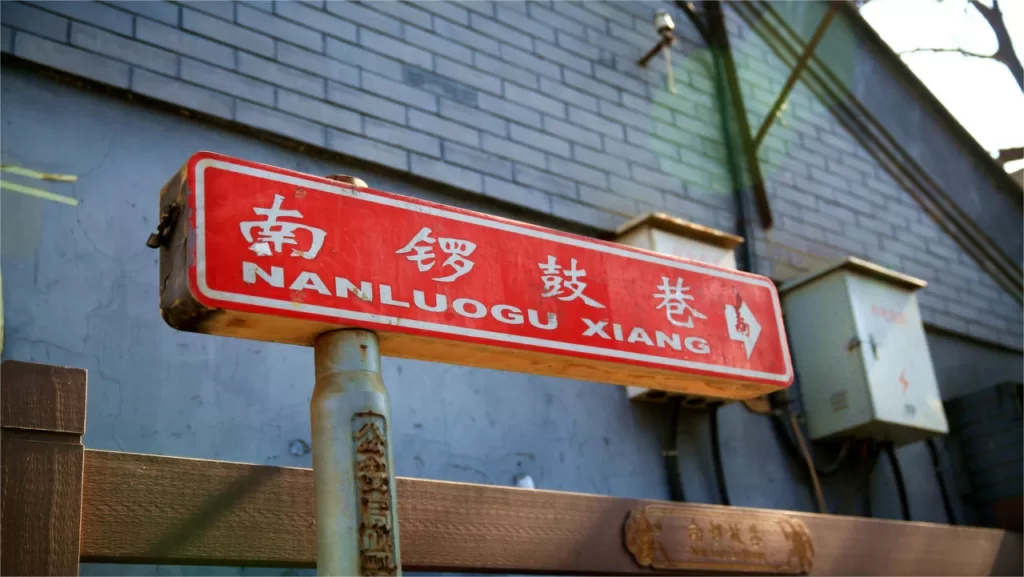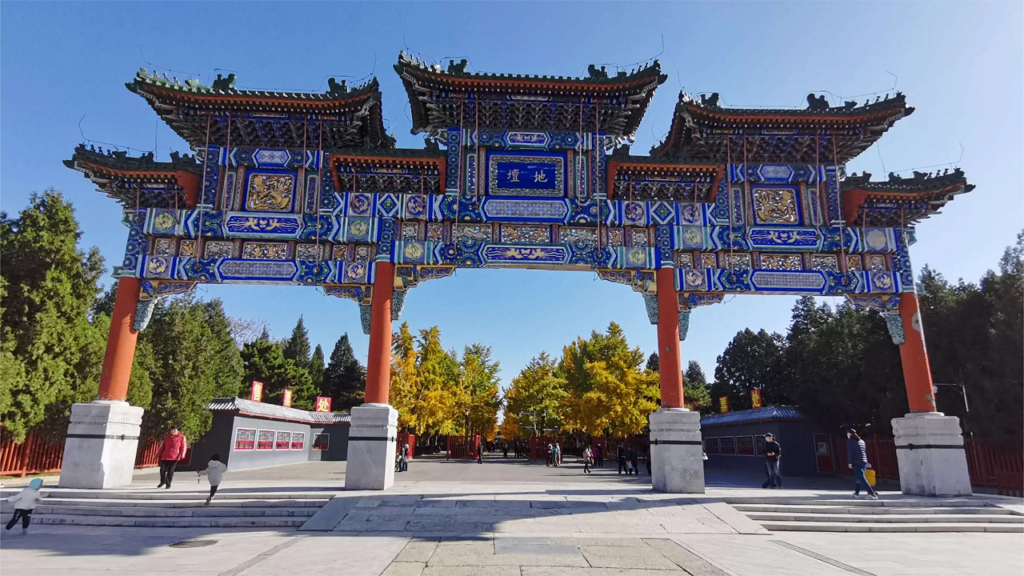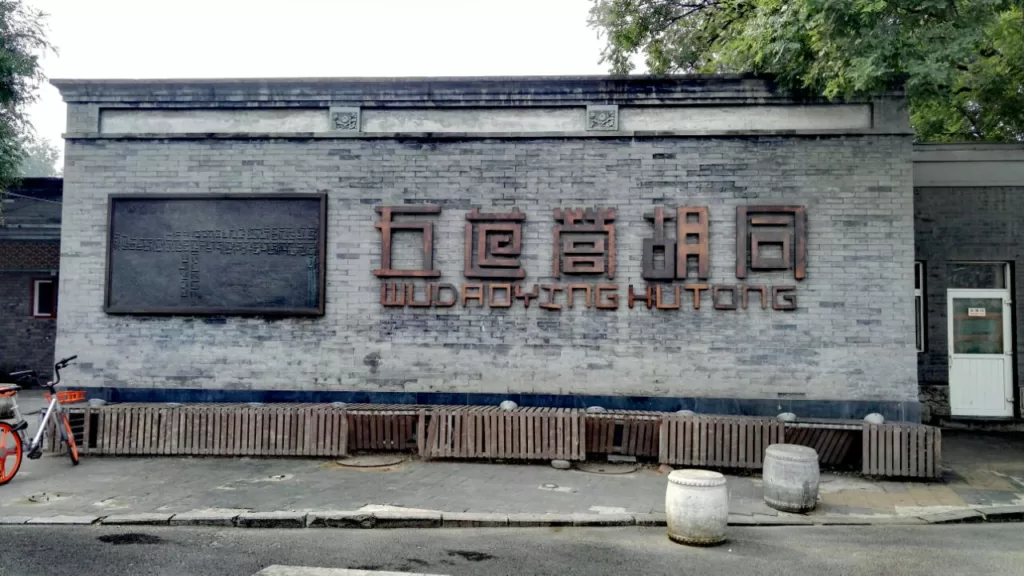Guozijian (国子监), also known as the Imperial College, was the highest educational institution in ancient China. It was established in the capital city, Beijing, during the Yuan dynasty in the 13th century, and served as the center of education for the country’s elite scholars and officials for over 700 years.
Located in the Dongcheng district of Beijing, Guozijian covers an area of 33,000 square meters and consists of four main courtyards. The complex features traditional Chinese architecture, with red walls, yellow glazed tiles, and elaborate decorations. It was the venue for the emperor to confer titles and awards to outstanding scholars and officials.
The curriculum at Guozijian focused on Confucianism, which emphasized moral values, social harmony, and the importance of education. Students studied the classics of Chinese literature, history, philosophy, and political theory. Graduates of the institution had access to high-ranking government positions and were highly respected in society.
Today, Guozijian has been converted into a museum and is open to the public. Visitors can explore the complex and learn about the history of Chinese education and culture. The museum houses various exhibitions, including ancient books, calligraphy, and traditional musical instruments. It also serves as a popular cultural venue for performances, lectures, and other events.
Table of Contents
- Basic Information
- Location and Transportation
- History and Function of Guozijian
- Highlights of Guozijian
- Vlog about Guozijian
- Useful Tips Summarized from Reviews
- Attractions near Guozijian
Basic Information
| Website | http://www.kmgzj.com/ |
| Estimated Length of Tour | About 1 hour |
| Ticket Price | 30 RMB |
| Opening Hours | 8.30 -18.00; Last admission: 17.00 (1st May – 31st October) 8.30 – 16.30 (1st November – 30th April the next year) Closed on Mondays except for national public holiday. |
Location and Transportation
Guozijian is located at No.15 Guozijian Street, Dongcheng District, Beijing, China. The surroundings of Guozijian are rich in historical and cultural landmarks. Just across the street from Guozijian is the Temple of Confucius, which is also a must-visit attraction for those interested in Chinese culture and history.
Bus: Take bus 13 or 84, get off at Guozijian Stop, and walk about 50 meters to reach the entrance.
Subway: Take subway line 5, get off at Yonghe Lama Temple, walk along the street to the south, turn to your right at the first cross, and you will see Guozijian one your right hand.
History and Function of Guozijian
Early History:
The Guozijian in Beijing was established in 1306 during the Yuan Dynasty (1271-1368), under the name of Taixue, which means “Great Learning.” The Taixue was located in the present-day Dongcheng District of Beijing, near the Confucius Temple, and was designed to train the children of nobles and government officials in Confucianism, the dominant ideology of imperial China.
Ming Dynasty:
During the Ming Dynasty (1368-1644), the Taixue was renamed the Guozijian, which means “National School,” and became the highest educational institution in the country. The Guozijian was expanded and renovated, with new halls and buildings added to accommodate the growing number of students and teachers. This place became the center of the country’s intellectual and cultural life, attracting the most talented scholars and thinkers from all over China.
Qing Dynasty:
During the Qing Dynasty (1644-1911), the Guozijian continued to be the most prestigious institution of higher learning in China. The Qing emperors paid great attention to the Guozijian, and they themselves would personally select the most promising students to be admitted to the school. This institution also played an important role in promoting the Manchu culture and language, which were introduced by the Qing rulers.
Decline and Closure:
After the fall of the Qing Dynasty in 1911, the Guozijian Beijing lost its official status as the national school, and its influence declined. In 1929, it was closed down, and its buildings were used for other purposes, such as a police station and a museum. However, in 1981, the Chinese government began to restore the Guozijian to its former glory, and it was opened to the public as a museum of ancient education in 1984.
Highlights of Guozijian
Architectural Mavel

The architecture of Guozijian is a remarkable example of traditional Chinese architectural style. The complex covers an area of over 30,000 square meters and consists of numerous halls, courtyards, and pavilions. The most notable structures include the Biyong Hall, which was the main lecture hall and housed the imperial throne, the Taixue Gate, which was the main entrance, and the Chengxin Hall, which served as the administrative center. The buildings are decorated with intricate carvings, colorful paintings, and exquisite calligraphy, all reflecting the elegant and refined taste of ancient Chinese culture.
Symbol of Confusianism
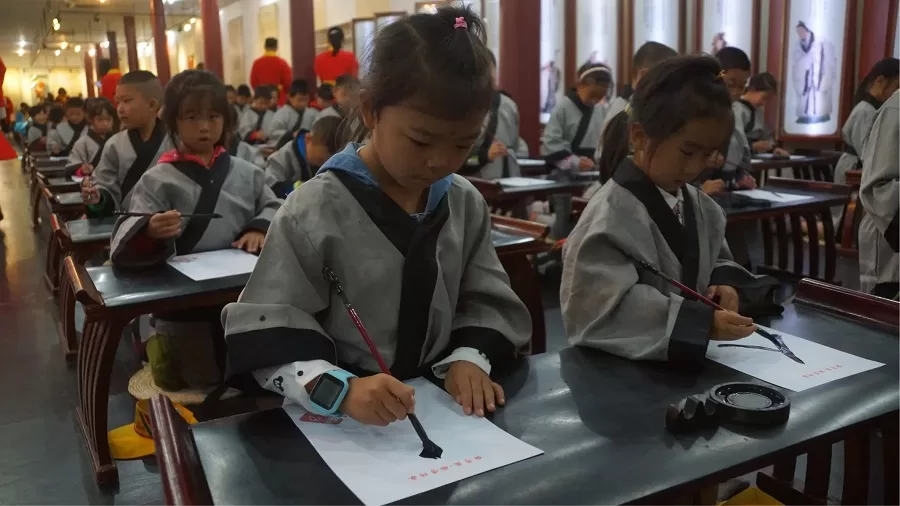
Guozijian was the highest educational institution in ancient China, and its curriculum was heavily influenced by Confucianism, which was the dominant ideology at the time. The institution emphasized the study of Confucian classics, literature, history, and philosophy, and its graduates were expected to embody Confucian values such as loyalty, filial piety, and respect for authority. The architecture of Guozijian also reflects the Confucian values of order, balance, and harmony, with its symmetrical layout, elegant design, and attention to detail.
Cultural Relics
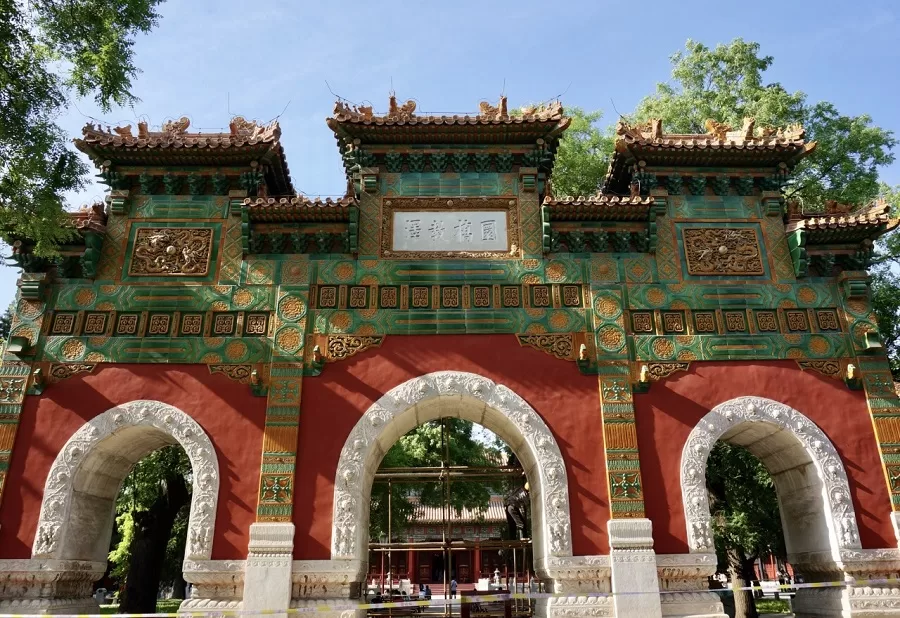
Guozijian in Beijing is a treasure trove of historic artifacts and documents, offering a unique insight into China’s rich cultural heritage. One of the most significant cultural artifacts in Guozijian is the Stone Drum, a bronze drum inscribed with ancient Chinese characters. It is considered a national treasure and is believed to have been used for important ceremonies during the Western Zhou Dynasty. The college also houses a large collection of ancient books, manuscripts, and calligraphy works that are considered rare and valuable.
Vlog about Guozijian
Useful Tips Summarized from Reviews
Entrances and Symbolism: Guozijian has three gates: the left gate for civil officials, the right gate for military officials, and the central gate for the emperor, hence it’s often referred to as the “Dragon Gate.”
Panoramic Views: Climb up to the high platform of Guozijian to overlook the entire campus. From this vantage point, you can immerse yourself in the profound historical heritage and solemn atmosphere of the place.
Optimal Timing: Visit in the afternoon around 4:00 PM when there are fewer people. This provides an excellent opportunity for photography, as you may feel like you have the place to yourself, creating an atmosphere akin to having the venue exclusively for your enjoyment.




